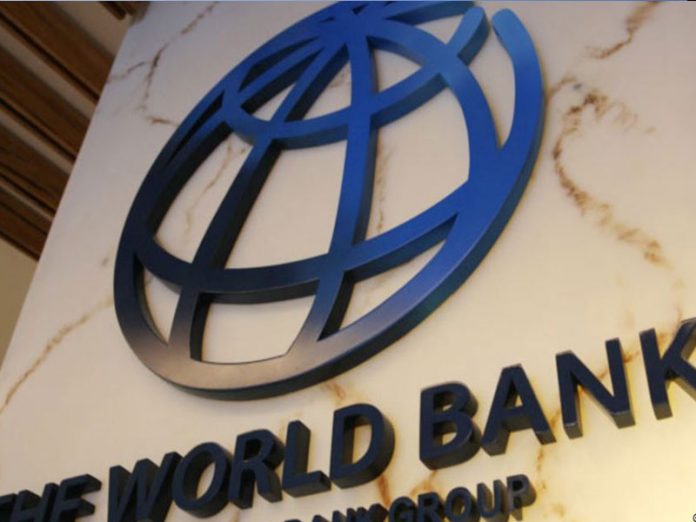 The World Bank in its updated Groundswell report has revealed that Sub-Saharan Africa could experience as many as 86 million internal climate migrants by 2050.
The World Bank in its updated Groundswell report has revealed that Sub-Saharan Africa could experience as many as 86 million internal climate migrants by 2050.
The report obtained from its website also highlighted the urgent need for immediate and concerted actions to reduce global emissions, support green, inclusive, and resilient development that could reduce the scale of climate migration by as much as 80 per cent.
The World Bank stated that climate change, an increasingly potent driver of migration, could force 216 million people across six world regions to move within their countries by 2050, adding that hotspots of internal climate migration could emerge as early as 2030 and continue to spread and intensify by 2050.
The report added: “By 2050, Sub-Saharan Africa could see as many as 86 million internal climate migrants; East Asia and the Pacific, 49 million; South Asia, 40 million; North Africa, 19 million; Latin America, 17 million; and Eastern Europe and Central Asia, 5 million.”
The multilateral financial institution also warned that the report was a reminder of the human toll of climate change, particularly on the world’s poorest nations contributing the least to its causes.
The Vice president of Sustainable Development, World Bank, Juergen Voegele, said the report also clearly lays out a path for countries to address some of the key factors that are causing climate driven migration.
“Climate change is a powerful driver of internal migration because of its impacts on people’s livelihoods and loss of livability in highly exposed locations, “World Bank said.
All these issues are fundamentally connected which is why our support to countries is positioned to deliver on climate and development objectives together while building a more sustainable, safe and resilient future,” Voegele said.
By deploying a scenario-based approach, the report explores potential future outcomes, which can help decision-makers plan ahead.
The approach allows for the identification of internal climate in- and out- migration hotspots, namely the areas from which people are expected to move due to increasing water scarcity, declining crop productivity, and sea-level rise, and urban and rural areas with better conditions to build new livelihoods.
The report provides a series of policy recommendations that can help slow the factors driving climate migration and prepare for expected migration flows, which includes, reducing global emissions and making every effort to meet the temperature goals of the Paris Agreement, embedding internal climate migration in far-sighted green, resilient, and inclusive development planning and preparing for each phase of migration, so that internal climate migration as an adaptation strategy can result in positive development outcomes.
The report also stated the need for increased investment in better understanding of the drivers of internal climate migration to inform well-targeted policies.
The updated report includes projections and analysis for three regions: East Asia and the Pacific, North Africa, and Eastern Europe and Central Asia. It builds on the novel and pioneering modeling approach of the previous World Bank Groundswell report from 2018, which covered Sub-Saharan Africa, South Asia, and Latin America.



